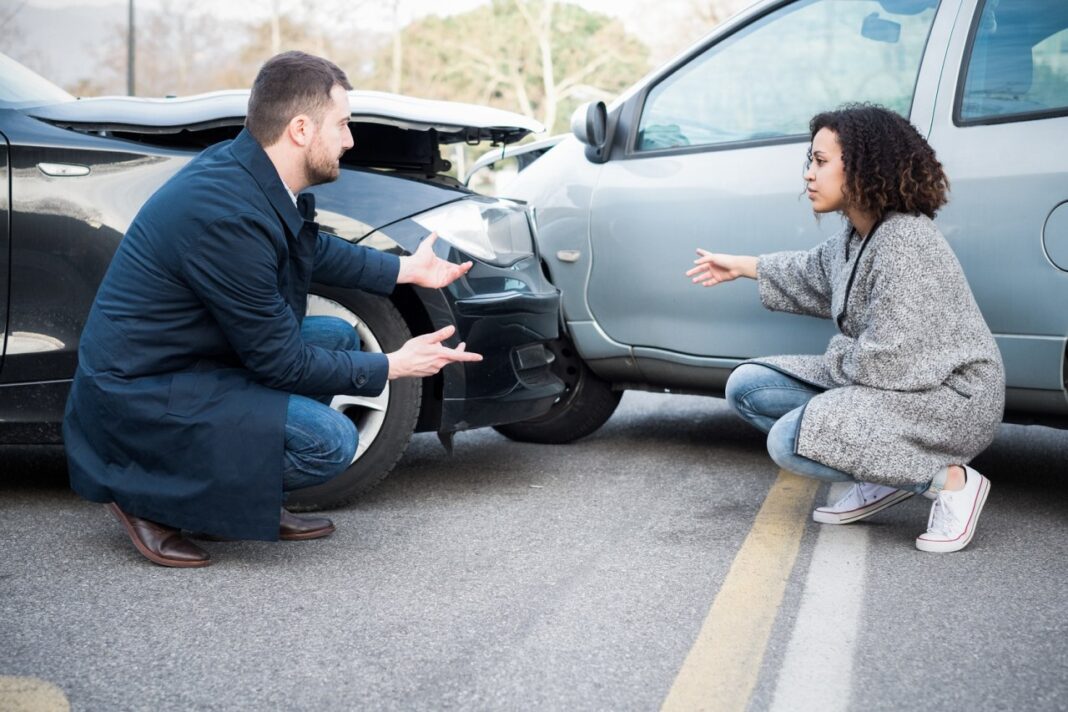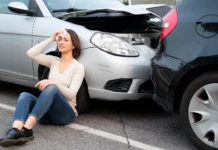Each time you get behind the wheel of your car, buckle your seat belt and start the engine, it’s only natural that you will want to reach the destination safely. Although driving cautiously will minimize the risk of you getting into a car accident, it will not eradicate its possibility.
The truth is accidents happen, even to the most careful drivers. In the United States, over 5 million accidents happen every year leaving tens of thousands dead and many more injured severely. Fortunately, some merely involve property damage.
Regardless, a car accident can leave you confused, disoriented, and with a million things rushing through your mind in a matter of seconds. However, the decisions you make after the accident has occurred are very important and could mean saving a life. Learn more, here’s a breakdown of what you need to do in such a stressful situation.
1. Keep Calm and Check If You Are Okay
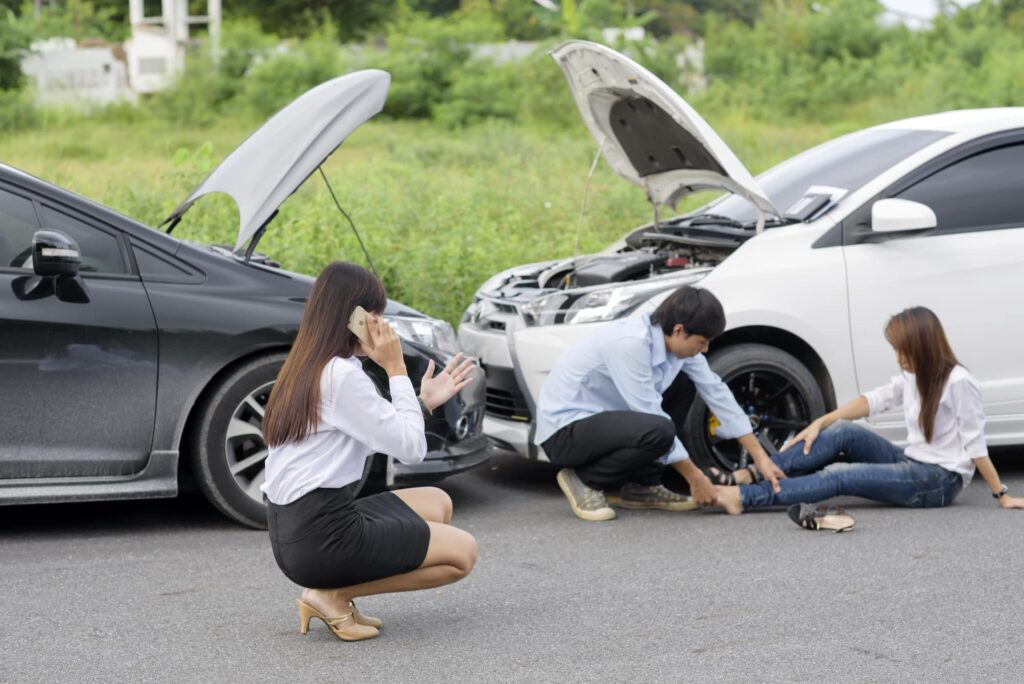
The few moments right after an accident has happened can feel like everything is going in slow motion. But amidst all the shock and confusion, you need to get out of the car if you can and conduct a proper assessment of the situation.
Take a moment to pause, take a deep breath, and reflect on the sequence of events that have just transpired. You may not feel any injury immediately since your body adrenaline will have kicked in.
Staying calm might seem impossible but it’s what will help you proceed through the following steps starting with checking to see whether there is anyone who could be hurt and in need of urgent medical attention.
2. Check on Your Passengers and Those in the Other Car
With all that could be going on in your head after an accident, it’s easy for you to be distracted and make mistakes you otherwise wouldn’t have that may lead to further injury.
For instance, if the accident was a minor collision, don’t leave young kids, pets, or elderly and disabled people in a hot, locked car. If there are any kids strapped in car seats, don’t eject them from the car seats as they may have injuries you can’t see. It’s best to leave that work to the first responder.
3. Dial 911 for the Police or an Ambulance if Needed
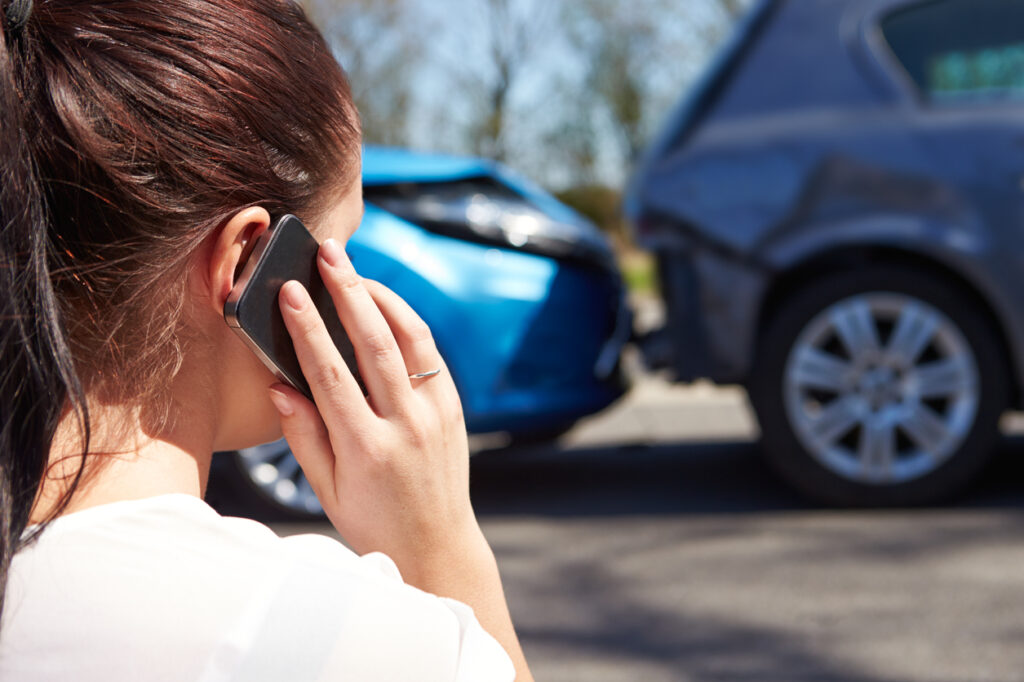
As soon as you’ve checked for injuries, the next step is to look around to get an understanding of your location and proceed to call 911. Let the operator know exactly where you are as well as your current physical state and that of the other people involved in the accident.
4. Exchange Personal Information Details
As much as you may be tempted to express your apologies or anger to the other driver, try and avoid discussing the fault of the accident the best you can. Instead, engage the other driver by asking them for their car insurance information.
These details should include the insurance provider and policy number, the driver’s name, phone and license number, and the make, model, and color of their car.
5. Collaborate With First Responders and the Police
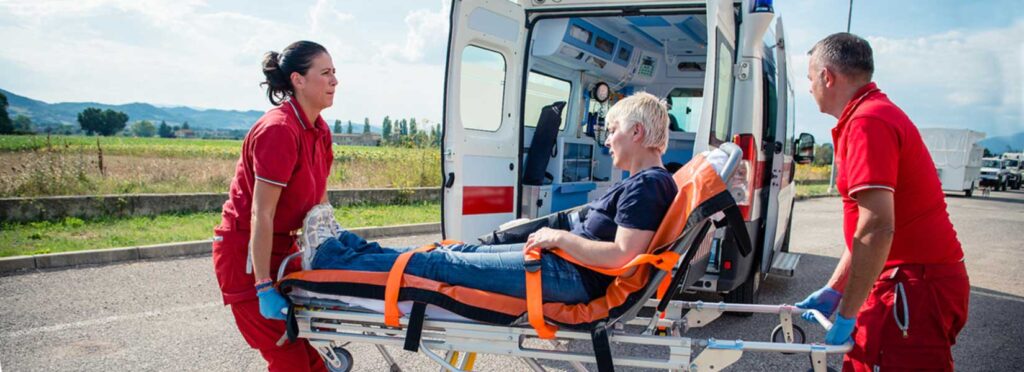
When the police and paramedics arrive at the scene, make sure you work together to assess the situation. Make sure you answer all questions brought forward by the police and give them the right details so they can make an accurate report.
As for the paramedics, allow them to fully assess you, and don’t put them off by claiming that you’re fine. Most car accident injuries take some time before the symptoms begin to show.
6. Take Photos or Videos of the Scene
If you have a camera in your car or a smartphone equipped with a good camera, you should take pictures and videos of where the cars have been visibly damaged. If you have any clear injuries, take pictures of them too. But do so in a way that it won’t interfere with the police or the paramedics as they go about their work.
7. Don’t Accept Liability
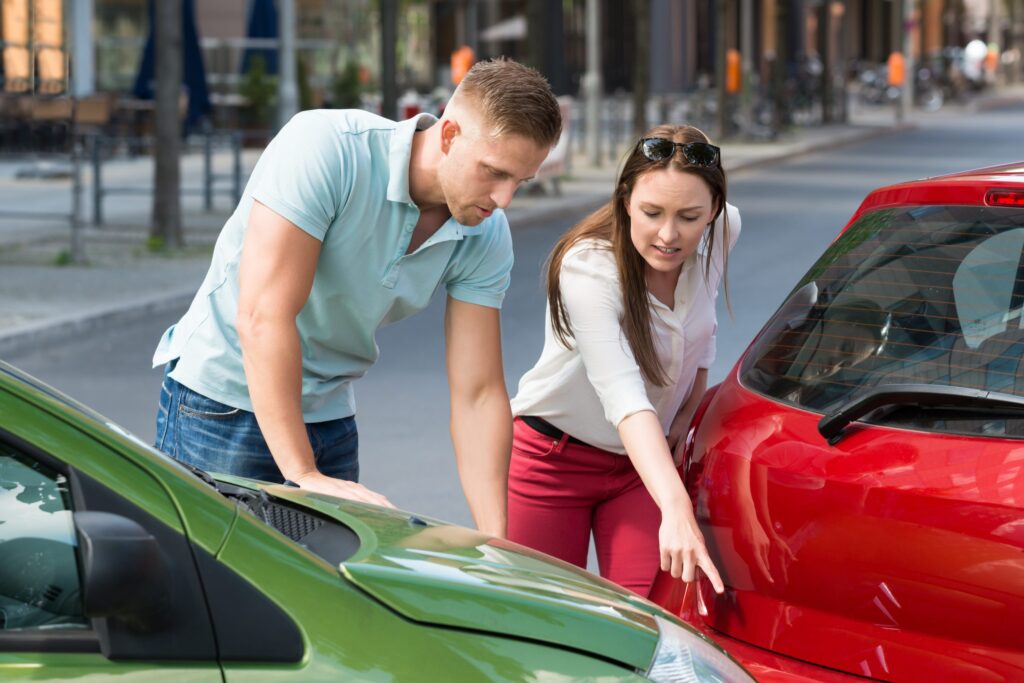
To better protect yourself, you mustn’t accept any fault even if you were at fault in the smallest degree. No matter how devastated you feel, apologizing can make things a lot harder for you down the line.
As highlighted in step #4, when you engage the other driver keep it strictly business. Let the insurance companies and police figure out who was at fault.
8. Notify Your Insurance Provider
You need to alert your insurance company and provide them with the information collected at the scene of the accident including the names of the police officers who attended to you. You need to discuss the type of coverage you have and whether you should file an insurance claim.
9. Consider Making A Doctor’s Appointment
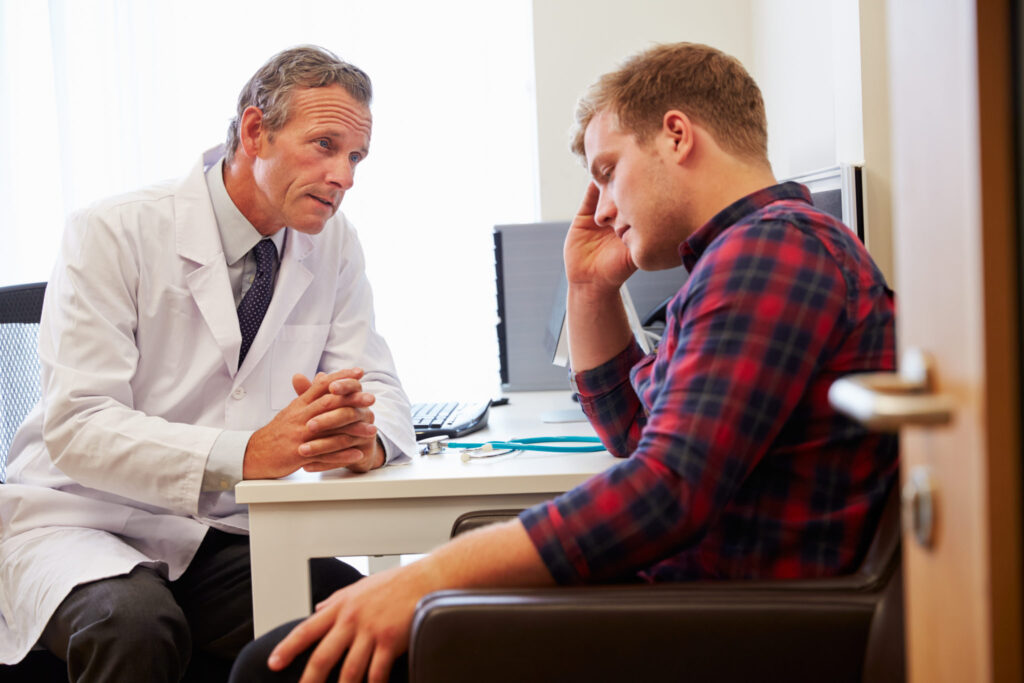
Your health comes first before anything else and as such, you should consider seeing a doctor as soon as possible for a thorough medical check-up. Even if you’re not showing any symptoms or aren’t feeling any kind of discomfort, it’s best to be sure that you’re in good shape.
10. Hire a Car Accident Attorney
To help you file an injury claim, you should hire a car accident attorney to represent your interests and defend your rights. A car crash lawyer will explain the laws that apply to your situation in detail so you can have a clear idea of your legal standing.
The car accident attorney will also deal with the insurance company in your stead, file a lawsuit if needed, determine the value of your injuries, and negotiate a fair settlement.
The Best Thing to Do After an Accident Is to Prepare in Advance
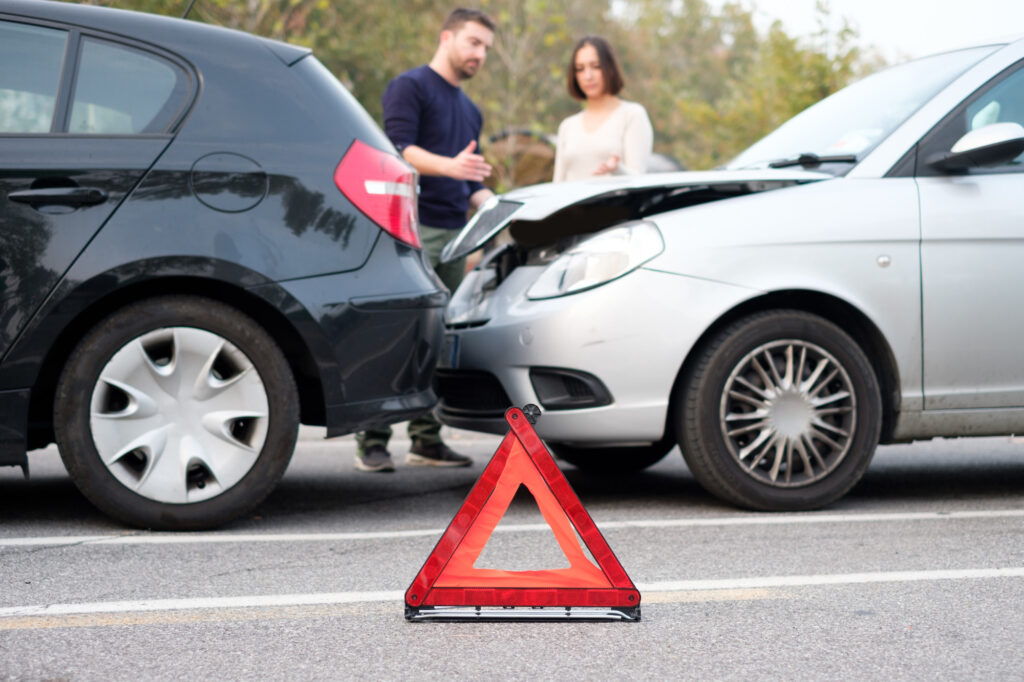
No one leaves home in the morning and plans to have a car accident. This makes it very important to be ready beforehand by having an emergency kit in your car. The kit should have a flashlight, a seat belt cutter, window breaker, and a well-stocked first aid kit.
The unprecedented nature of car accidents means they can happen to anyone and they can be a truly horrifying ordeal. However, the wrong reaction after an accident can make a bad situation even worse. A bad decision could decide whether you’ll reach into your pockets to pay for the damage even if you’re not at fault or if you’ll get the compensation you deserve.

